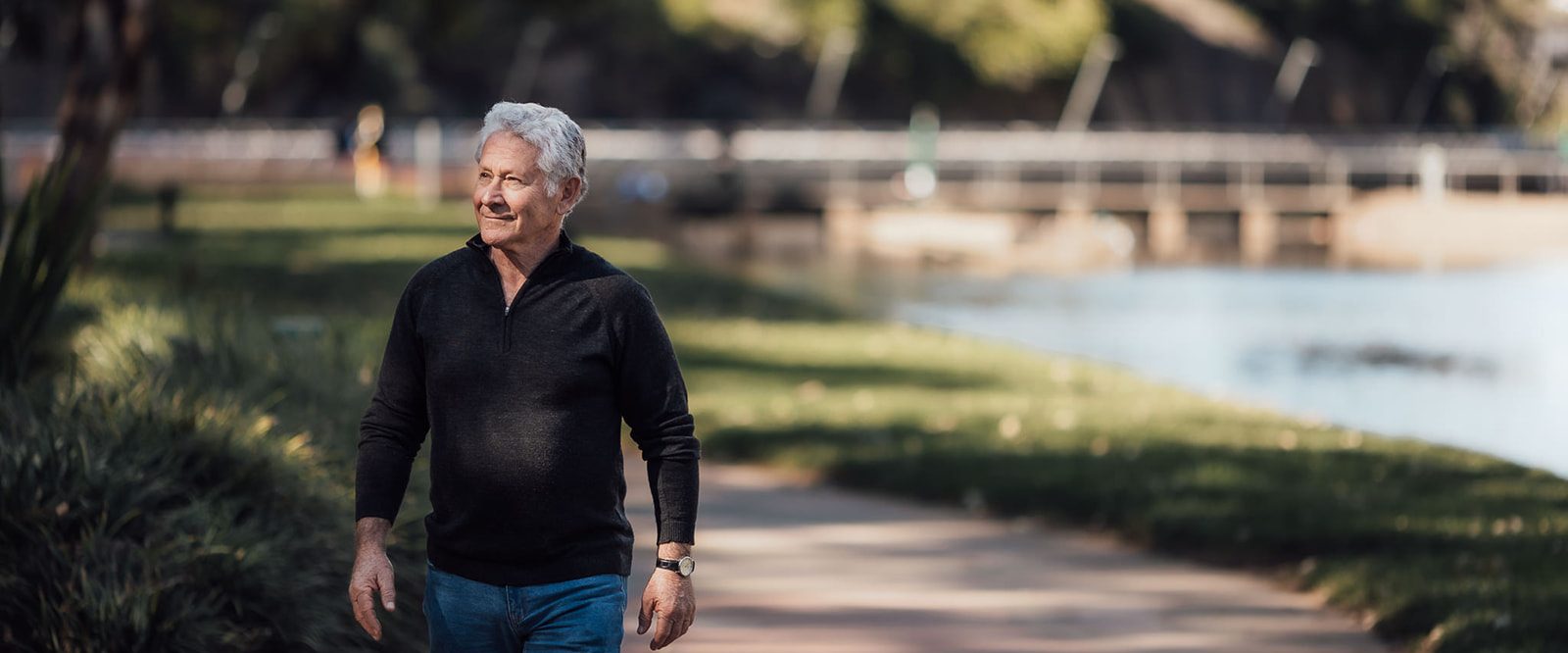Introduction to relaxation exercises
It is useful for all of us to become familiar with and practice relaxation exercises. The ability to gently slow your breathing, relax your muscles and calm yourself are useful life skills. Our bodies and minds recover and heal when we rest and relax.
Relaxation exercises are skills that men, women, children, anyone can learn and put into practice, whatever their age or experience. Included below is an introduction to a series of muscle relaxation exercises that some men who have been subjected to childhood trauma and abuse and their supporters find useful.
Relaxation and sexual violence
Men who have been subjected to traumatic experiences, including child abuse, can find relaxation difficult. An experience of sexual assault or repeated abuse can encourage hyper-vigilance, making it very difficult to relax or unwind – both mentally and physically. At one time, staying alert, constantly checking for danger might have been necessary in order to keep safe and reduce harm. It might even have been the difference between life and death.
Relaxation strategies do not involve giving up choice and control. Relaxation strategies are designed to assist you to gain a greater sense of control and knowledge of your body – your breathing, your muscles and your thoughts. When the body has been harmed it can store pain and stress – avoiding or trying to deny the pain doesn’t make it go away. Relaxation strategies provide a way to acknowledge pain, discomfort and tension without setting up a battle between you and your body. An added reason to engage in relaxation exercises is that they can help you make the most of everyday life.
Learning and practising relaxation exercises
People are not born knowing how to do relaxation exercises or knowing which relaxation exercises work best for them, they are something that we can learn, trial and practice. Breathing and relaxation exercises work best when they become part of your everyday routine. Relaxation exercises are not about getting it right or wrong, they don’t require lots of equipment or you to work stuff out and, you are not wasting time when you are doing relaxation exercises. Relaxation exercises help to calm our body and mind, help our body recover and put us in a better place to live life to the full.
The exercises in this section may assist you to relax by focussing on one or more of 2 different physical domains:
- Breathing
- Muscle tightness/looseness
Relaxation can be achieved through manipulating our breathing and our muscle tension by doing things like holding and releasing breath, clenching and releasing muscle groups, or by using our imaginations to create these responses in our bodies.
What happens, physiologically, is that when our breathing slows down or our muscles become less tight and more relaxed, then our heart rate will usually slow. Many medications aimed at relaxation are simply muscle relaxants – we know that once the muscles become looser and relax then breathing will slow down and thought processes will also slow down. We cannot directly make our heart rate slow down but we can directly make our breathing slow down and make our muscles relax.
There are times when we don’t want to relax – there are reasons for having a flight and fight response because this is what helps keep us safe in situations of danger. What happens in these situations is the our muscles tense and our breathing gets shallower and shorter. These are necessary physiological responses to situations of threat and they help us to activate our bodies to get out of dangerous situations. The problem is that sometimes these responses become a habit even when we are not in danger. They put us on “high alert” even when our brain tells us we are not requiring this response. When this response goes into overdrive – that is, when our breathing becomes too quick and short and our muscles become too tense and our heart rate races – then we can become immobilised or even lose consciousness (what is known as hyperventilation). Some people experience this set of sensations as “panic attacks” – relaxation strategies can prevent panic attacks from developing, especially if we learn to listen to the warning signals – racing thoughts, increasing heart and breathing rates and quickening heart rate.
Relaxation strategies can help us deal with day-to-day situations, even those that are stressful, in more useful ways. By slowing down our responses, we can sometimes make better and more informed decisions, we can help our bodies to enter a state that is more likely to allow sleep to come, and we can be better able to communicate with others by being able to work out what we want our message to others to be, and hear more clearly what others are trying to say to us.
The exercises in this section can be done together or individually. You are encouraged to try them and pick the ones that seem to work best for you. Each of the exercises has an mp3 recording which you can either stream to listen or download. It might be useful initially to do the exercises a few times while listening to the recording and when you have become comfortable with them to do them without listening. The exercises can mostly be done any time, anywhere. For people having difficulty falling or staying asleep they may be useful to do in bed, but you can do them in an armchair, at work or in other everyday or stressful situations.
DISCLAIMER: The information contained in this page is general in content and is not a substitute for professional advice.


